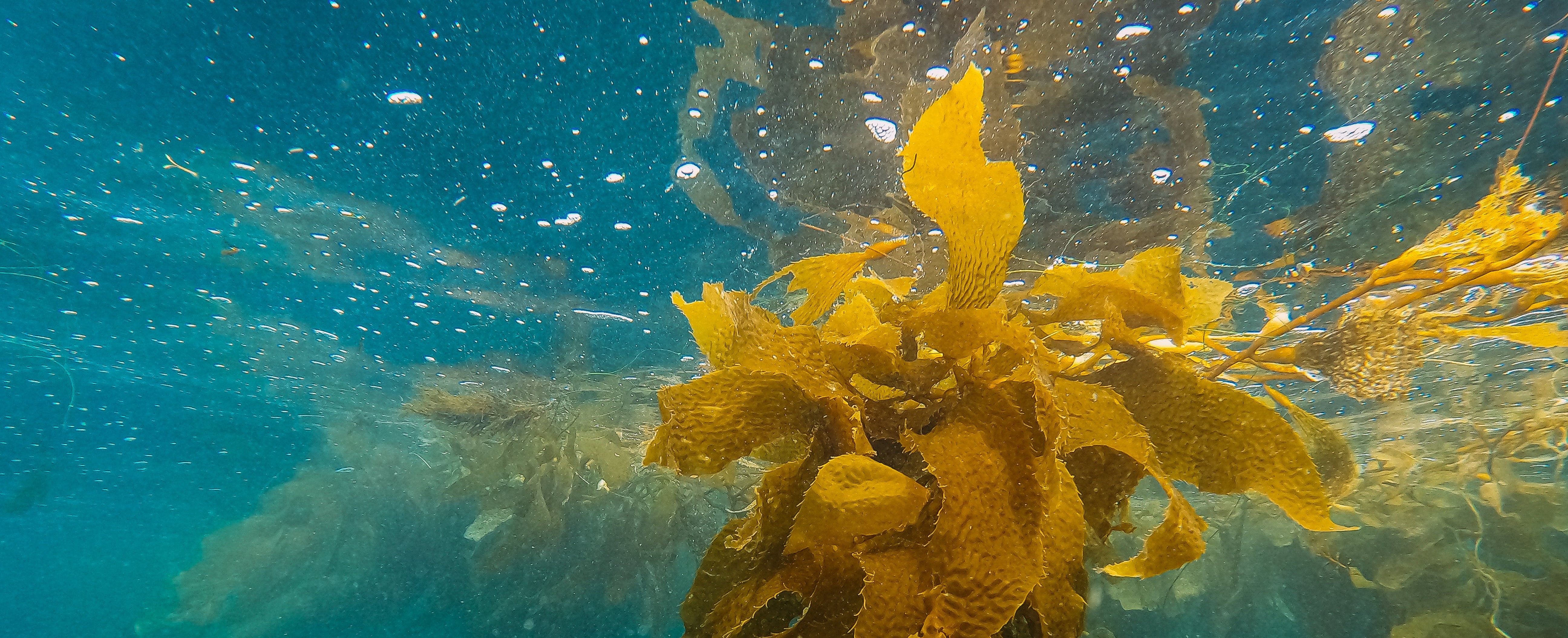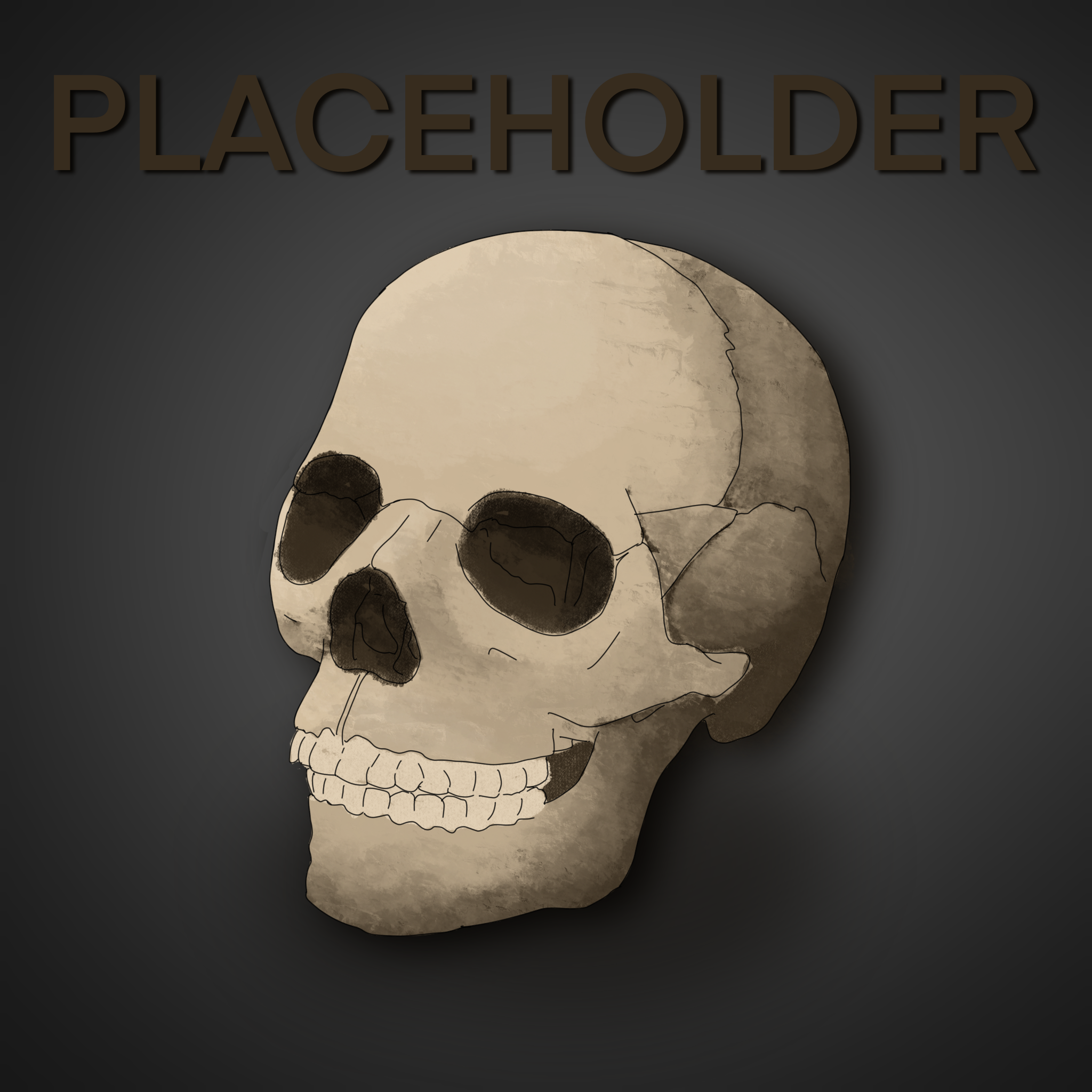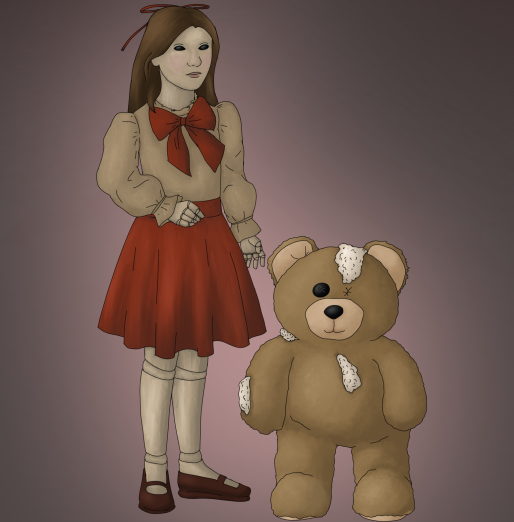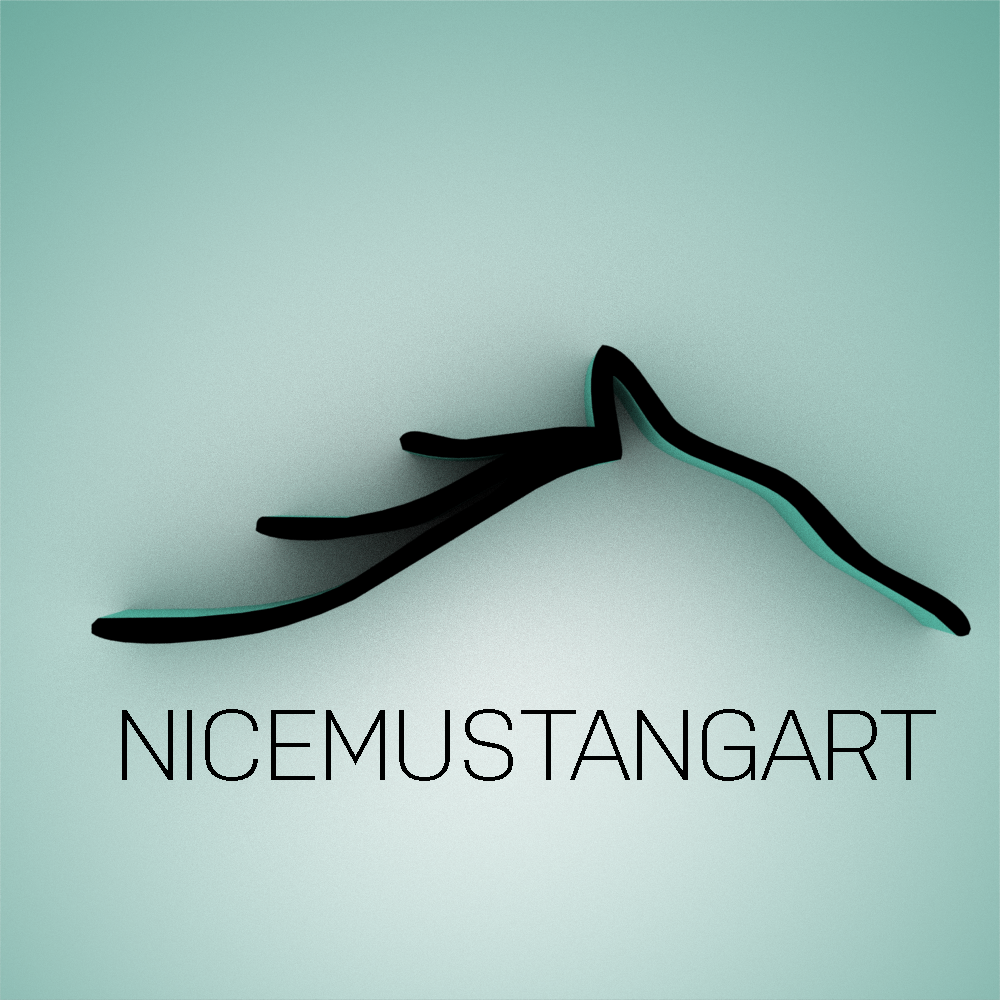Common Etiquette
For the kelpen kuuyikar, it is considered rude to offer help to someone if they haven't asked. To them, it means that you think so little of the person you are offerring help to that you think they cannot complete a task that they are working on and cannot acknowledge that they need help. This is seen as belittling, and as though the person being offered help is being treated as a child. An important part of kelpen culture is that one must know their limits, and be aware of when to ask for help, especially since it will not be offered otherwise. This is something that is taught in youth.
Foods & Cuisine
Like other kuuyikar, the kelpen kuuyik enjoy many foods that other species find to be inedible. A staple of their cuisine is
sand soup, a dish containing sand and different types of kelp in it. Many of their other dishes do also include sand, and the vast majority of them include kelp in some way, shape, or form.
Birth/Baptismal Rites
Upon birth, kelpen kuuyik babies are swaddled in blankets made of kelp. Throughout infancy, the majority of their clothing is hand-made by their parents or their community, and is made specifically for the child. Adults will gather to make kelpen clothing for their children, also using this time to share news and gossip with one another. Some groups will gift one another clothing for their children, exchanging their efforts with each other.
Coming of Age Rites
Among the kelpen kuuyikar, it is considered a coming-of-age event for a person to make their own
eelkelp chariot, their primary means of transportation. Parents will teach their children how to operate these vehicles while they are growing up, and begin to show them the process of making one. Once they are familiar enough with the way that the chariots are made and ridden, they begin to craft their own. If it succeeds the testing to ensure that it is safe, they will then hold a ceremony known as
eel gifting, where they will receive two pet eels to raise and train.
Death/Funerary Rites
Upon death, it is customary for kelpen kuuyikar to be buried at least 10 feet beneath the sands of the region, though often much deeper. This larger burial death is due to the nature of the sands in the area, and its capacity to shift and move, revealing things buried below. As such, in order to ensure that a loved one's body does not resurface, families will work together to dig a deep enough hole to bury them in. Additionally, it has become more common to encase the deceased in metal coffins, to make sure that they sink downwards and deeper into the sand rather than floating upwards towards the surface of the ground.








I love the bit about asking for help and it won't be offered otherwise. And the swaddling babies in kelp. :)
thanks :)